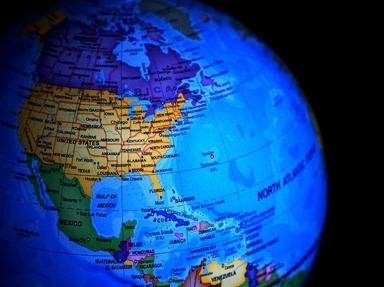
It's Named after Who? Trivia Quiz
Cities are often named for individuals, some of whom may be prominent and others not. Can you match the ten US state capital cities with the people they are named for?
A matching quiz
by Red_John.
Estimated time: 4 mins.